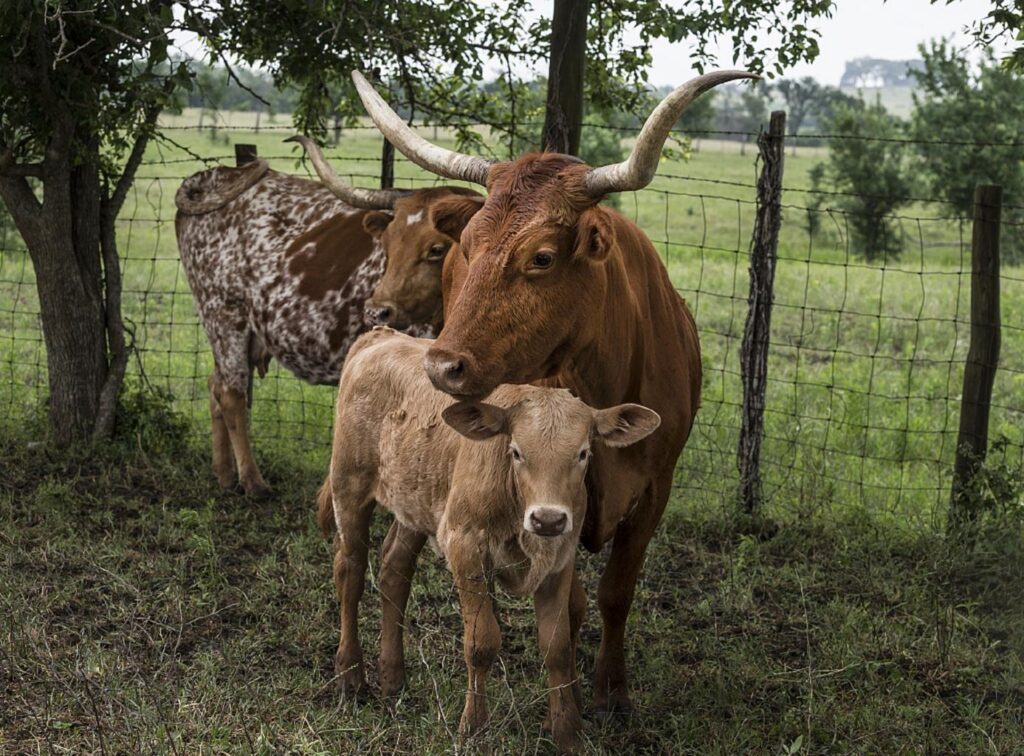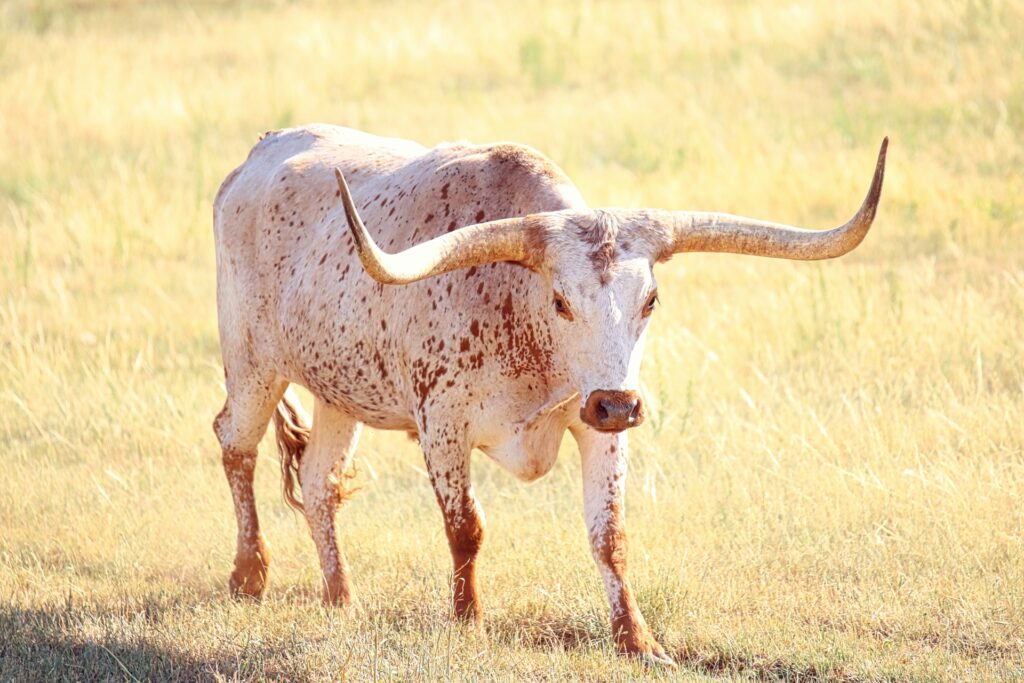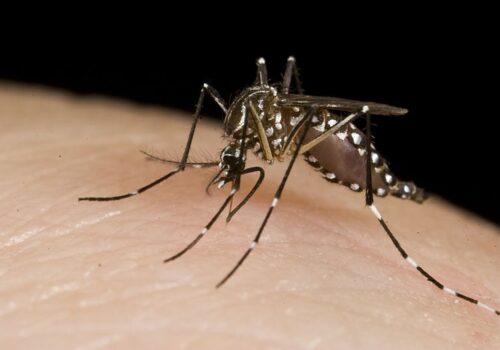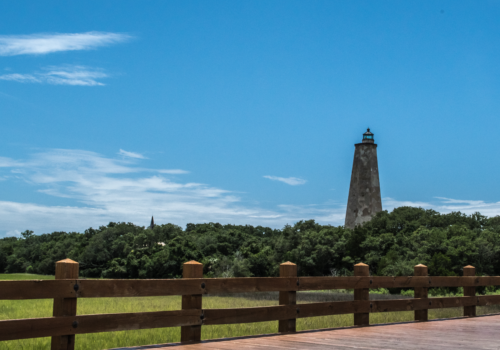The History of Pineywoods Cattle – A Southern Heritage Alive and Mooing
By Robbie Perdue
Deep in the labyrinth of time, tucked beautifully within the annals of the southern United States, lurks a tale of heritage, endurance, and tenacity intertwined into the existence of an animal species that has, for centuries, been the lifeblood of several southern states. This fantastic narrative underscores the history of Pineywoods Cattle, a breed as mysterious as it is fascinating.
Picture walking in the fading sunlight through a field of deep green, enveloped by a light, southern breeze carrying the smell of a freshly baked pie, with the sweet whiff of pine needles filling the air, and in the distance, a herd of Pineywoods cattle calmly grazing in the lush landscape. The Pineywoods cattle, named after the dense pine forests of the southeastern United States, is a historic treasure tracing its roots back to the Spanish cattle first brought into the country in the 16th century.
The breed, fondly known as ‘woods cattle’ or ‘Florida Cracker Cattle’, was developed by early settlers who were a part of the Spanish expeditions. The Pineywoods cattle were bred for adaptability, instinct, and longevity, a testament to the resourcefulness of the southern farmers. They were the go-to breed in the rugged conditions of the deep south, surviving harsh weather, thriving on sparse vegetation and staying relatively isolated from the rest of the world.

As the years rolled by, the Pineywoods cattle became an indispensable part of the southern way of life. Small homesteads relied on these cattle for milk, butter, meat, and even transportation. It was a partnership that flourished out of necessity and mutual benefit.
Beyond their utilitarian use, the Pineywoods cattle have also played a part in the socio-cultural fabric of the southern United States. These sturdy creatures have been at the center of many a community gathering, fair, and festival, celebrating the southern way of life. Rodeos showcasing the prowess of these cattle have been common sights, especially in regions of Mississippi, Louisiana, Alabama, Georgia, and Florida.
The Pineywoods cattle’s resilience and ability to thrive in challenging conditions made them crucial during periods of economic hardship. These cattle managed to survive, even when other breeds could not, during the Great Depression and have been an unwavering symbol of southern persistence and tenacity.
Although the Pineywoods cattle have witnessed different periods of history, their numbers have dwindled over the years. Rapid industrialization, changes in farming practices, and the introduction of more commercially productive breeds have threatened the existence of these southern heritage animals.
However, not all hope is lost. The Pineywoods cattle are currently not on the brink of extinction, thanks in large part to the efforts of conservation advocates such as the Livestock Conservancy and the Pineywoods Cattle Registry and Breeders Association. These organizations have been instrumental in conserving the breed and bringing them back from the edge of disappearance.

The narrative of these noble creatures is not merely a history lesson, but a reflection of the southern spirit – the resilience in the face of adversity, the grit to steer through hardships, and the soulful connection with nature. As Michael Pollan has eloquently said, “Agriculture, after all, is an intimate act between humans and the natural world.”
Today, prized herds of Pineywoods cattle can still be seen grazing gracefully in the southern regions of the United States. To southern ranchers, these herds represent an essential part of their history and a standard for ecologically sound cattle farming. An encounter with these docile, gentle creatures offers an insightful journey into the often intriguing, historical lineage of southern lifestyle and pastoral care.
In conclusion, the story of Pineywoods cattle mirrors the narrative of the South: diverse, resilient, and vibrant. These cattle, with their rich heritage and tenacity, embody the soul and the spirit of the South. As we look forward to the future, we acknowledge and appreciate this special breed that played a crucial role in shaping the South. After all, our past helps to shape – and even enrich – our future, just like how the Pineywoods cattle continue to graze in serenity, securing their imprint on southern soil.
From their Spanish origins to their status as heritage cattle, the journey of Pineywoods cattle is a fascinating testament to the southern way of life. As they continue to graze in the southern landscapes, they stand not merely as remnants of a bygone era but as an integral thread in the longitudinal fabric of southern heritage, symbolic of resilience, resourcefulness, and adaptability. Here’s to the Pineywoods cattle, the resilient soldiers of the South!
Robbie Perdue
is a native North Carolinian who enjoys cooking, butchery, and is passionate about all things BBQ. He straddles two worlds as an IT professional and a farmer who loves heritage livestock and heirloom vegetables. His perfect day would be hunting deer, dove, or ducks then babysitting his smoker while watching the sunset over the blackwater of Lake Waccamaw.


You May Also Like

The High & The Low: A Guide to Southern Peaks and Valleys
March 7, 2024
Why Mosquitoes Suck
March 3, 2025
